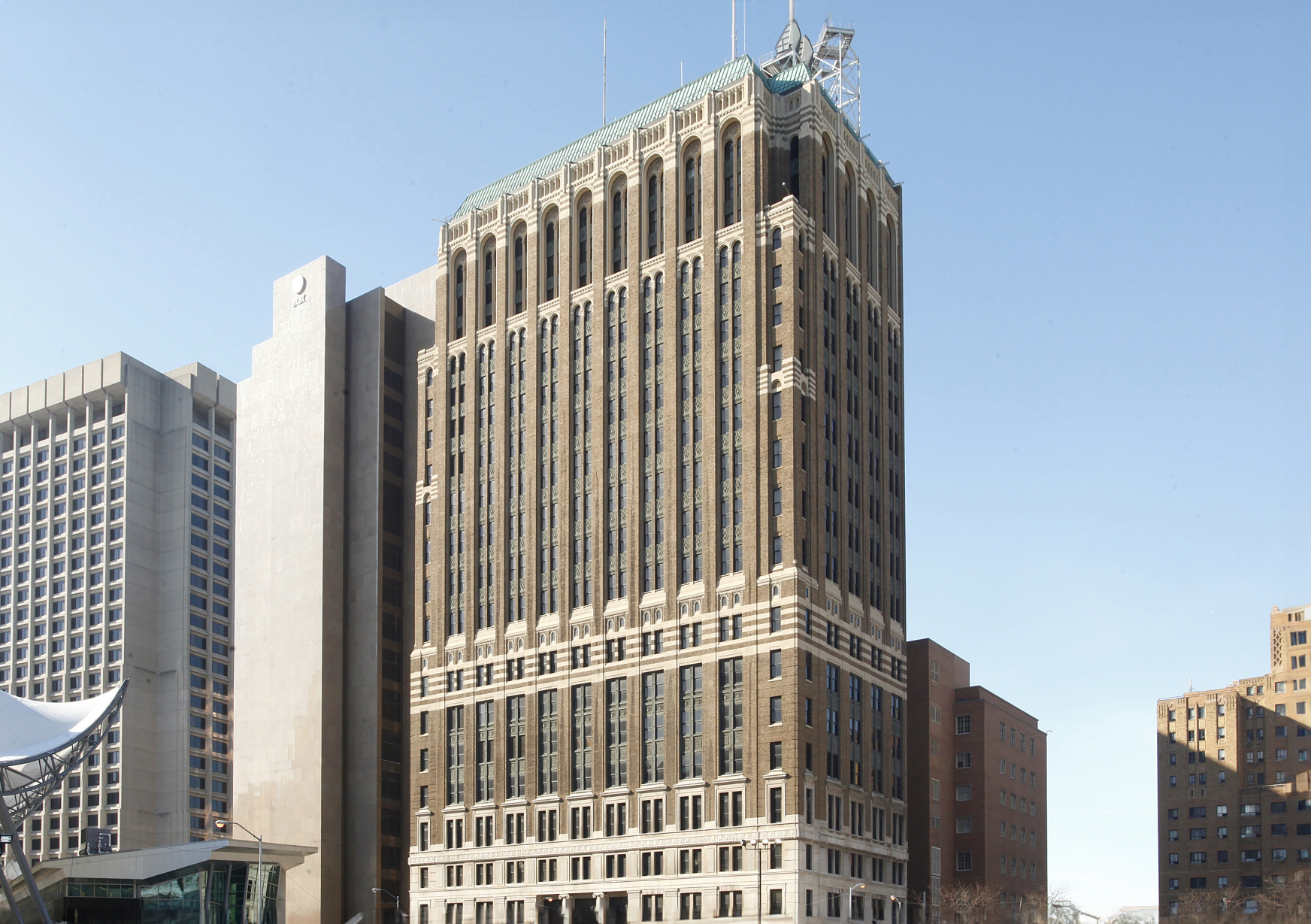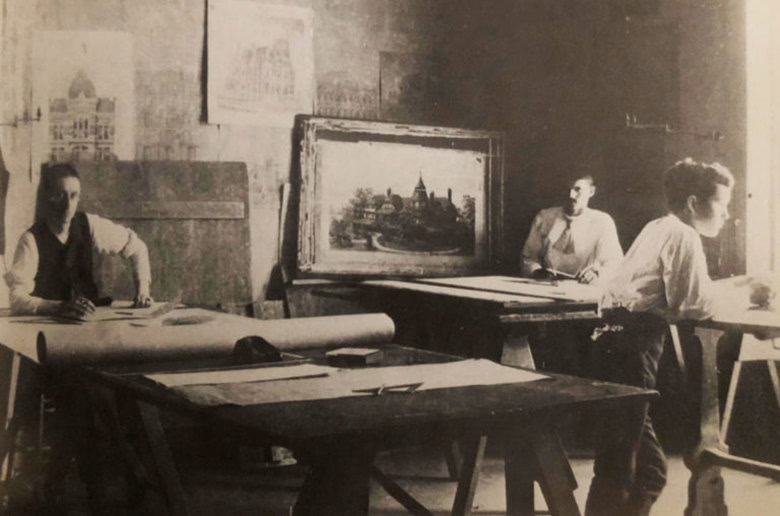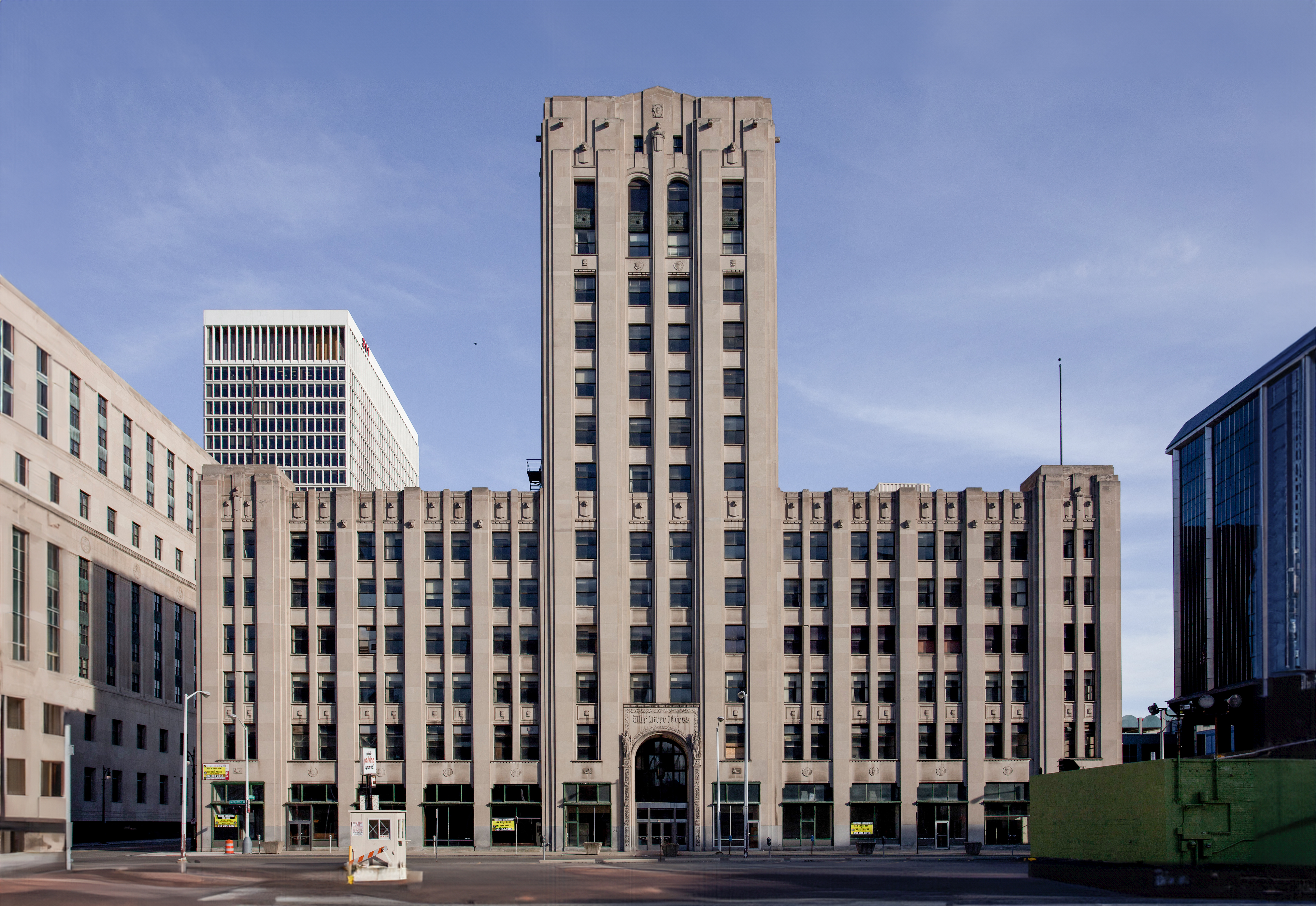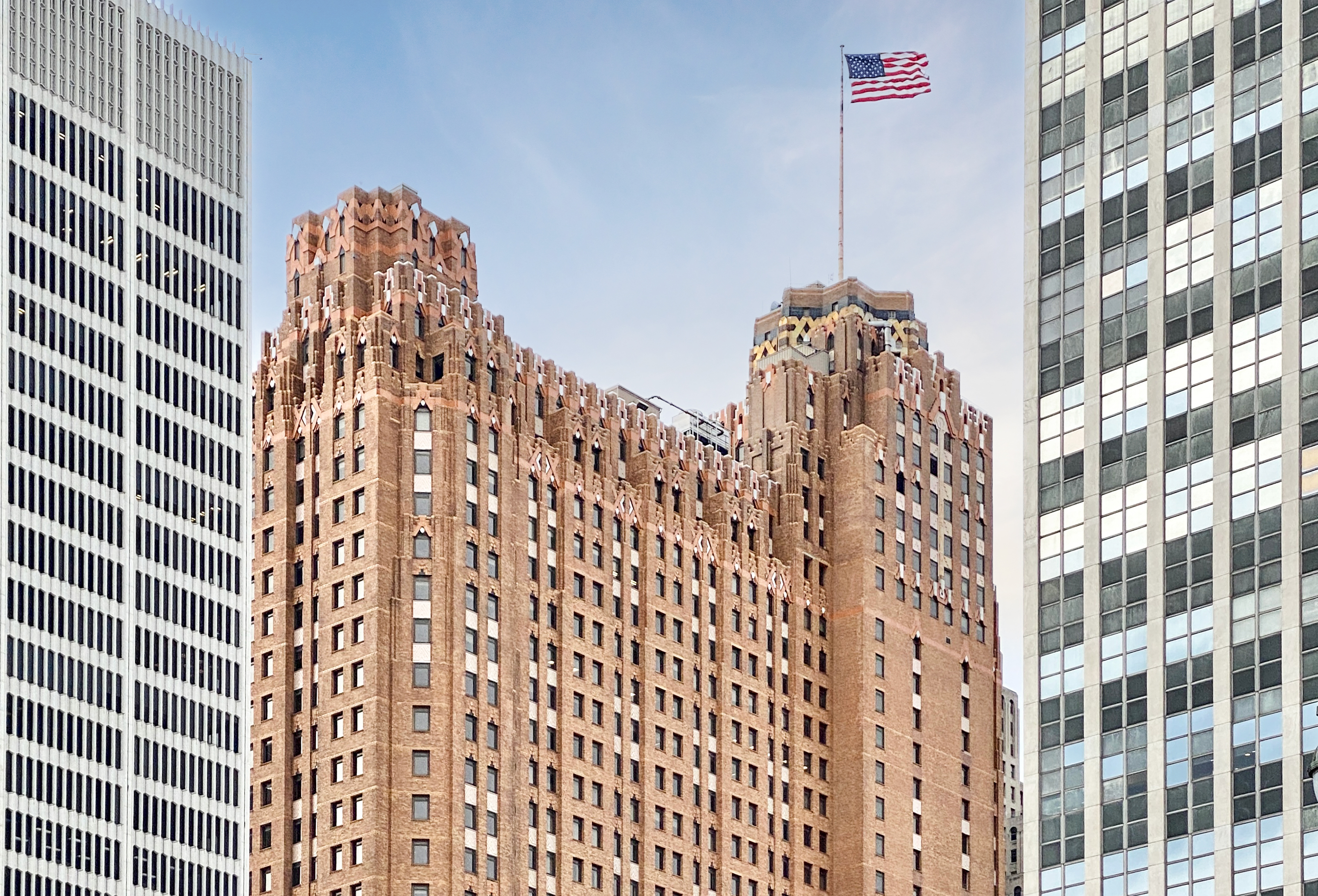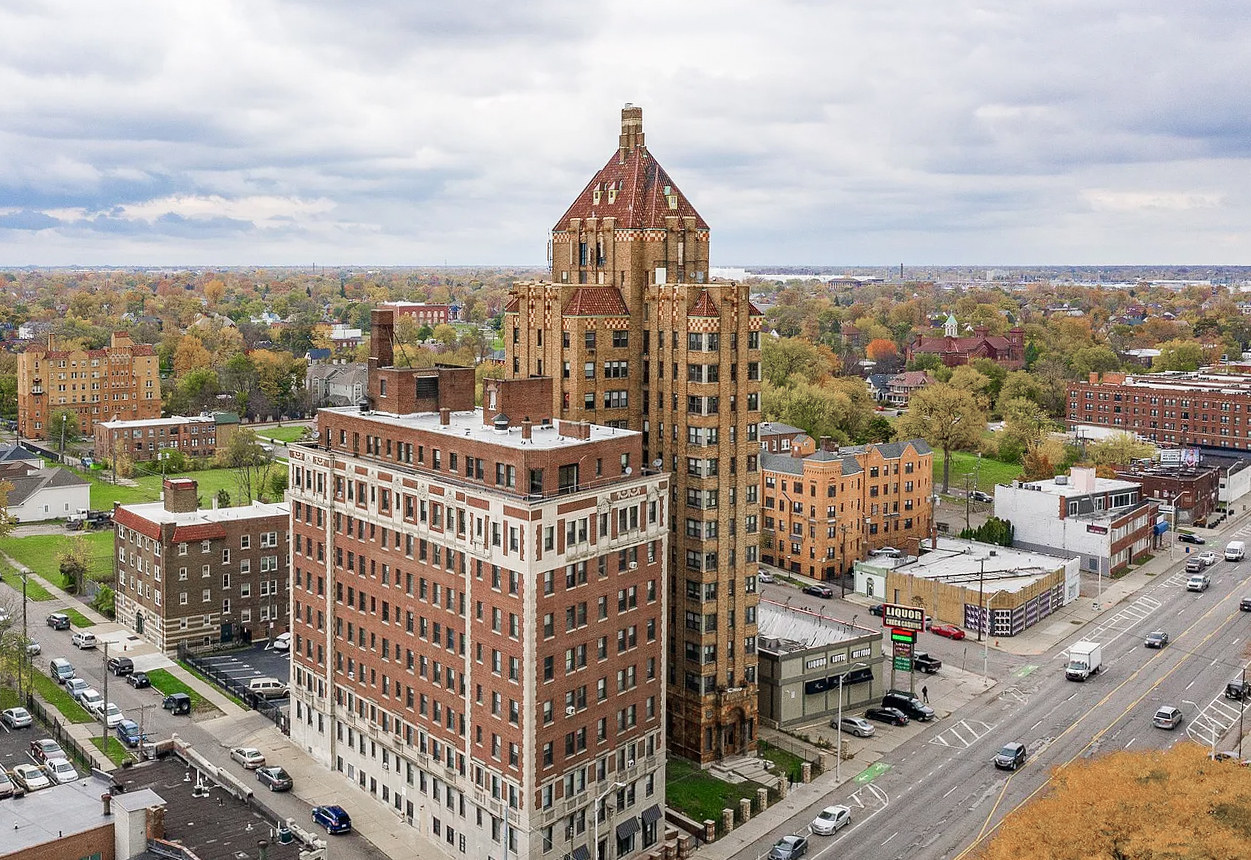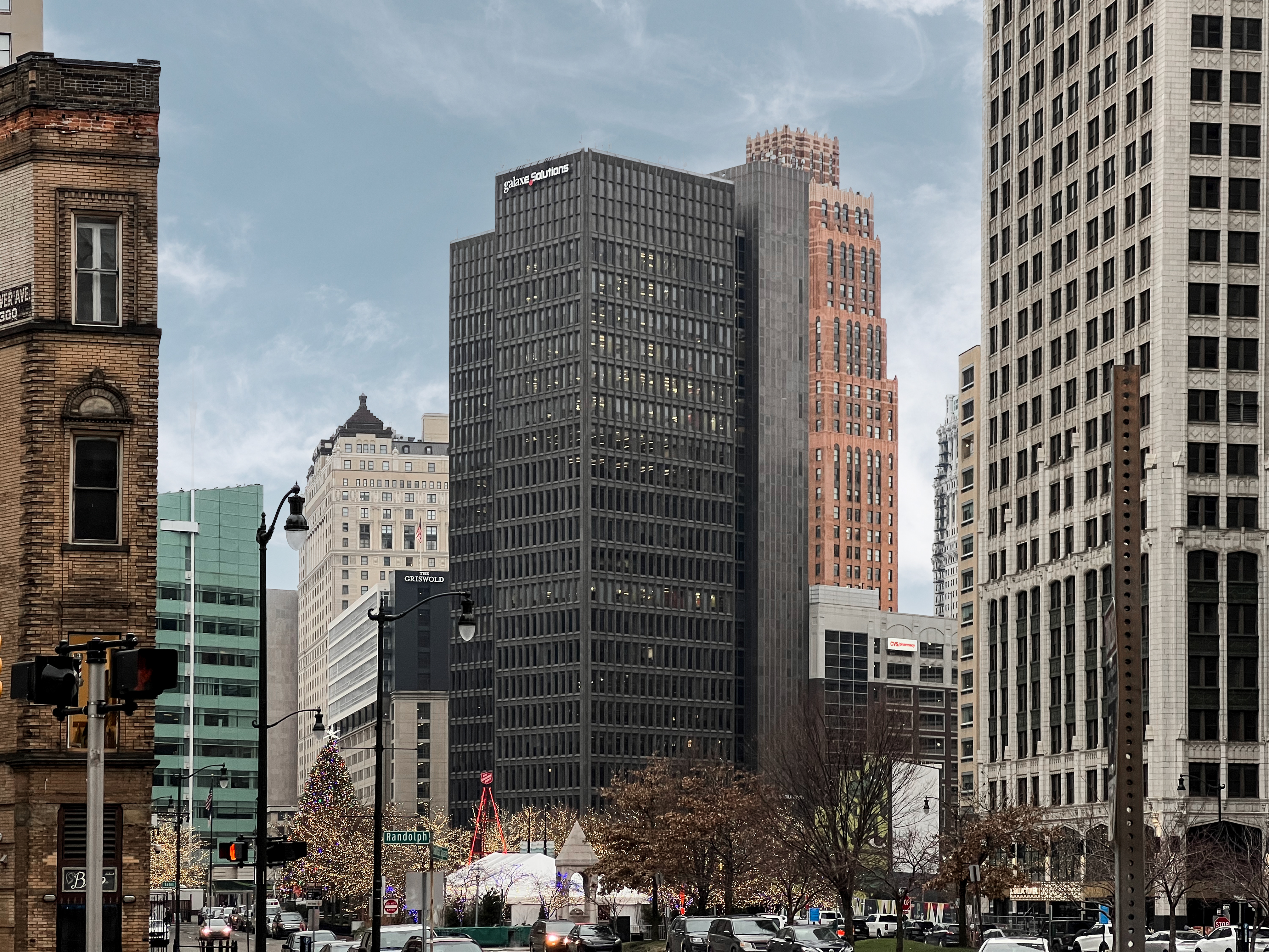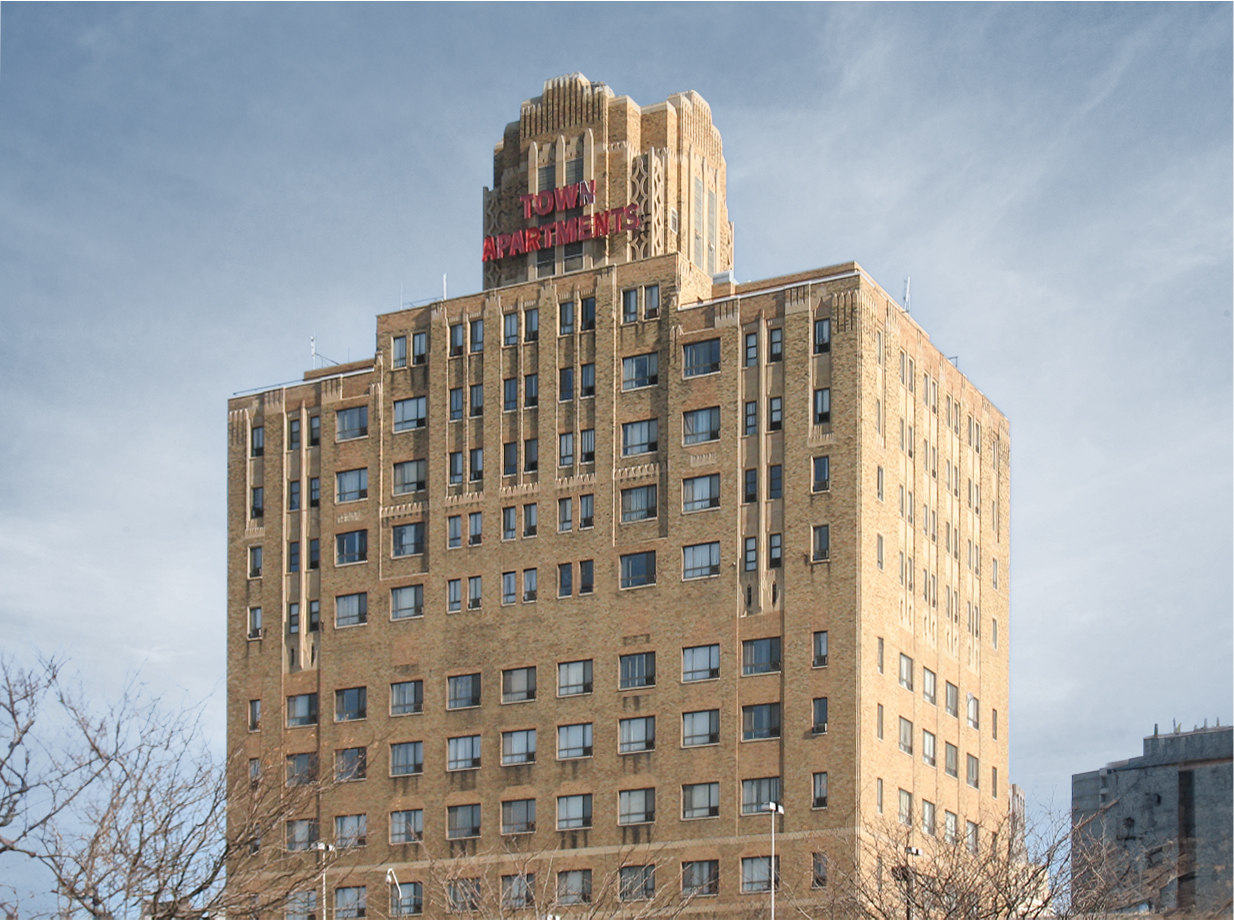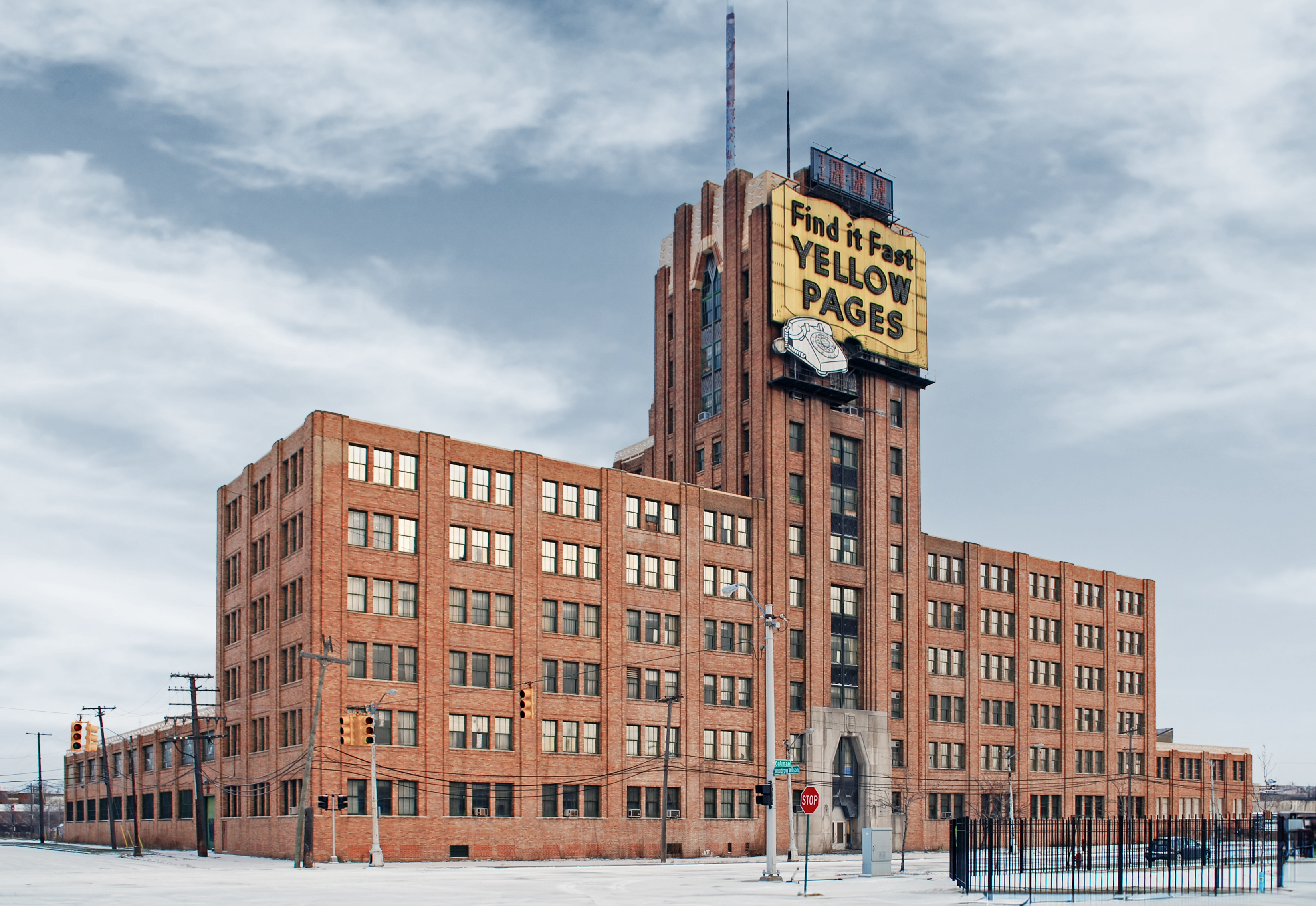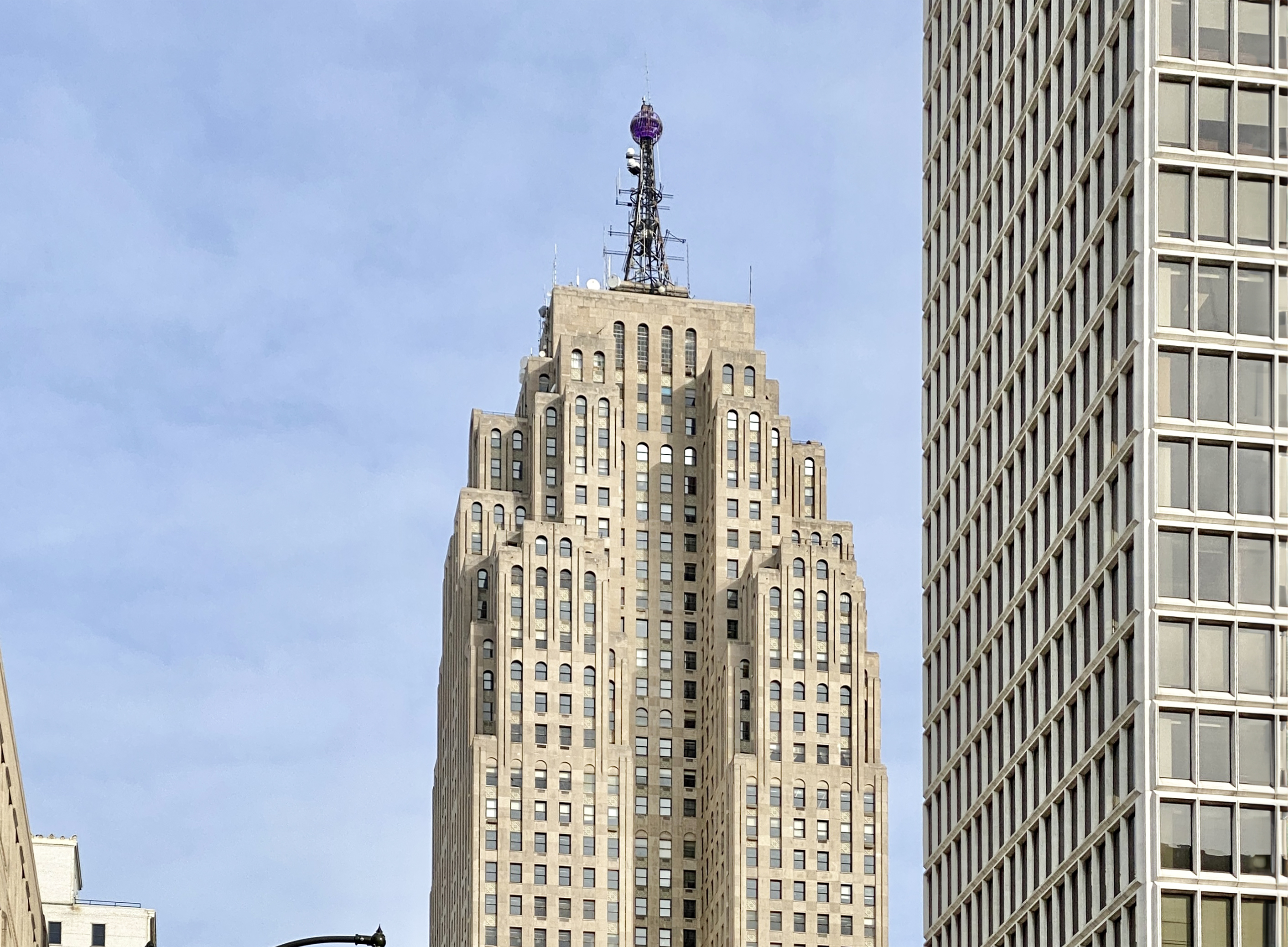The AT&T Building is an Art-deco skyscraper designed by Smith, Hinchman & Grylls, and built between 1912 and 1928 in Detroit, MI.
AT&T Building is not the only name you might know this building by though. It is common for companies to want to attach their names to iconic buildings when they move in, or for the general public to come up with nicknames, and this one is no exception. The AT&T Building is also known, or has been known as, Michigan Bell Building, SBC Building, or Ameritech Building.
Its precise street address is 1365 Cass Avenue, Detroit, MI. You can also find it on the map here.
The building underwent a major restoration between 1927 and 1928. The architect commissioned to undertake this restoration was Stmith, Hinchman & Grylls.
